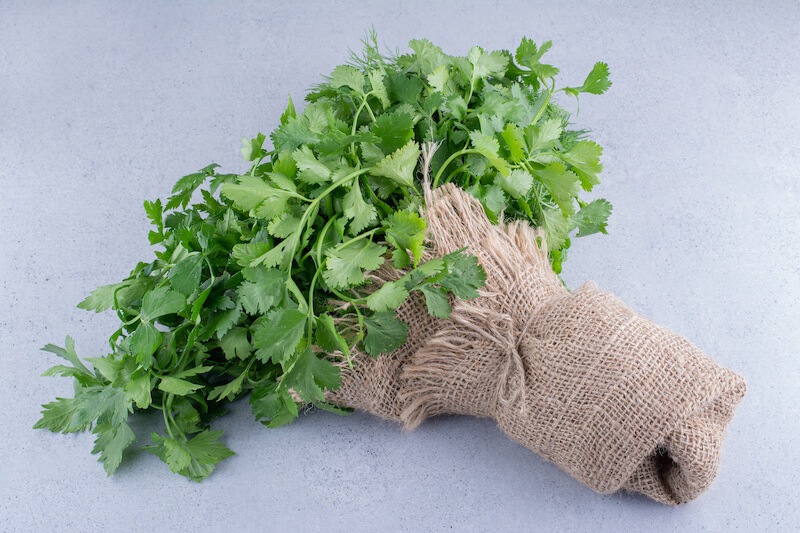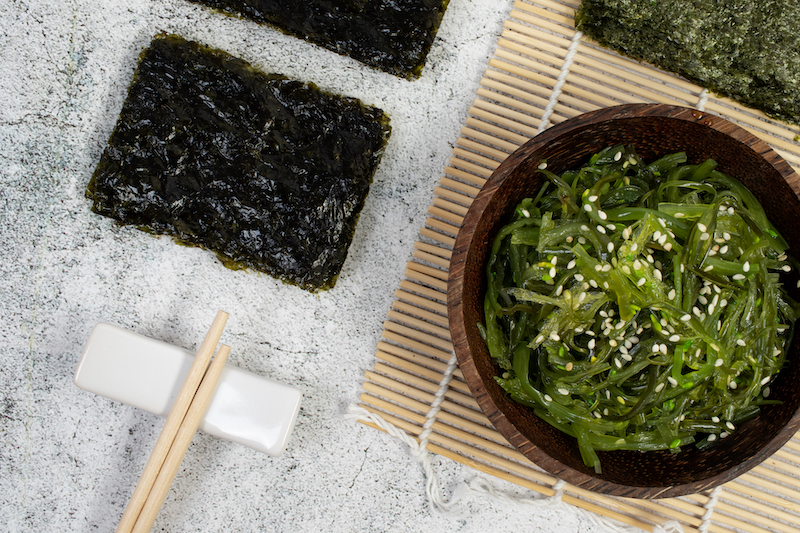Parsley, the green herb commonly found in kitchens, is much more than just a garnish. It is brimming with essential nutrients and health benefits that deserve to take center stage on your plates. What are its advantages? How can it be prepared? We’ll explain everything.
Parsley is a flavorful herb celebrated for its versatility in cooking. Whether adorning a dish, blended into butter, or included in sauces, parsley is ubiquitous! However, it functions as more than just a decorative item on plates; it’s also a superfood loaded with essential nutrients that are beneficial for our health. Moreover, parsley can be prepared in various ways!
Parsley: A Superfood
Widely regarded as a superfood, parsley boasts a high concentration of essential nutrients. It is an excellent source of vitamins, particularly vitamin C, vitamin K, and vitamin A. Additionally, it is rich in minerals like iron, calcium, and potassium. These nutrients are crucial for maintaining overall health.
Health Benefits of Parsley
Vitamin C for immunity: The vitamin C found in parsley strengthens the immune system, helping to ward off infections and illnesses.
Vitamin K for bone health: Vitamin K plays a vital role in bone health as it helps bind calcium in the bones, thereby reducing the risk of osteoporosis.
Antioxidants in the fight against free radicals: Parsley contains antioxidants like luteolin that protect cells from damage caused by free radicals.
Anti-inflammatory effects: Certain compounds in parsley, such as apigenin, possess anti-inflammatory properties beneficial for individuals suffering from inflammatory conditions.
Parsley: How to Cook It?
Parsley can be utilized in numerous ways in the kitchen to enhance flavor and nutrient content in your meals. Here are some suggestions:
Fresh garnish: Chop fresh parsley and use it to garnish your dishes, adding a splash of color and flavor.
Parsley pesto: Substitute basil with parsley to create a pesto that is rich in flavor and nutrients.
Soups and salads: Mix in chopped parsley to your soups, salads, and dressings for a refreshing taste.
Green smoothies: Blend parsley leaves into your smoothies for a healthy boost of green nutrients.
How to Store Parsley?
To make the most of your parsley, follow these shopping and storage tips:
- Select fresh parsley with vibrant green leaves.
- Store it in the refrigerator in a perforated plastic bag to retain moisture.
- Use it swiftly, as fresh parsley tends to wilt quickly.
Ultimately, parsley is much more than just a culinary herb. It’s a superfood that can enhance your diet by providing a variety of essential nutrients. Don’t hesitate to incorporate it into your meals. Enjoy your meal!
Did You Know?
To successfully grow parsley, plant the seeds in well-drained, sunny soil, spaced about 20 to 25 centimeters apart. Water regularly to keep the soil slightly moist, and you’ll soon have a bountiful harvest of fresh parsley.







